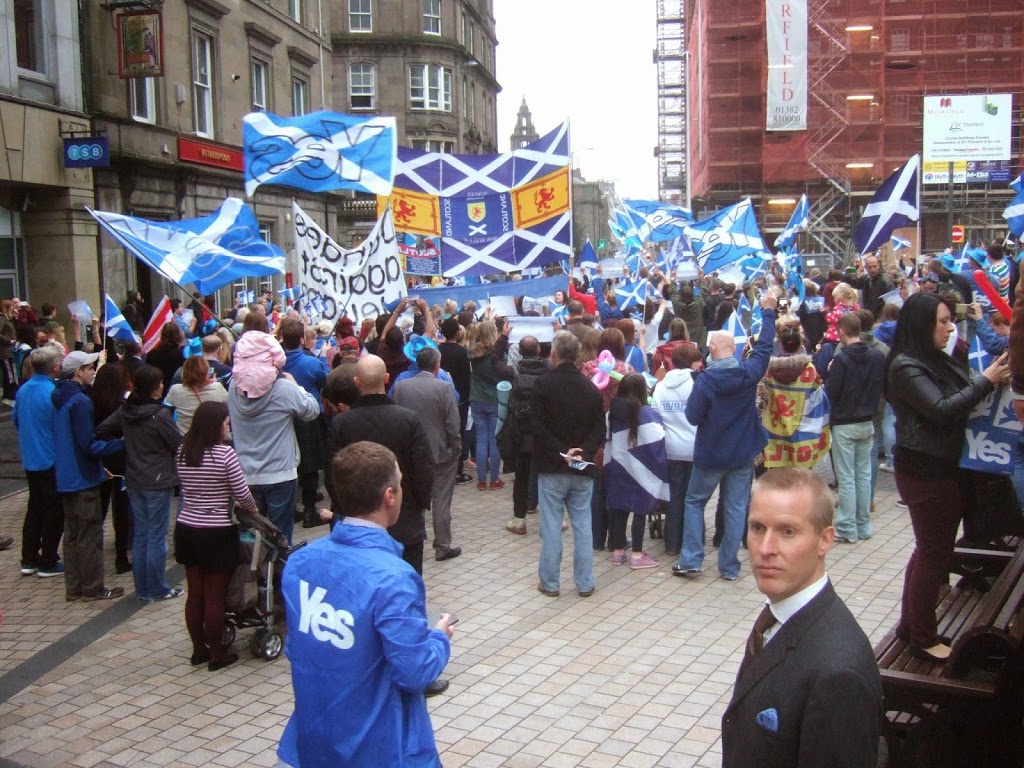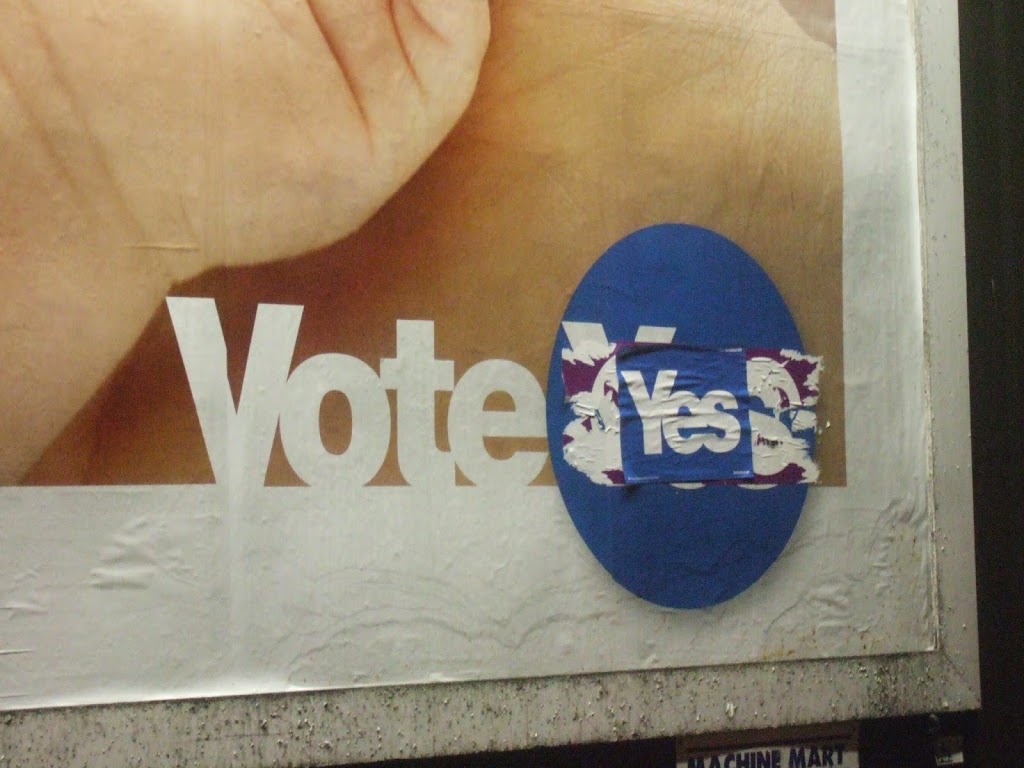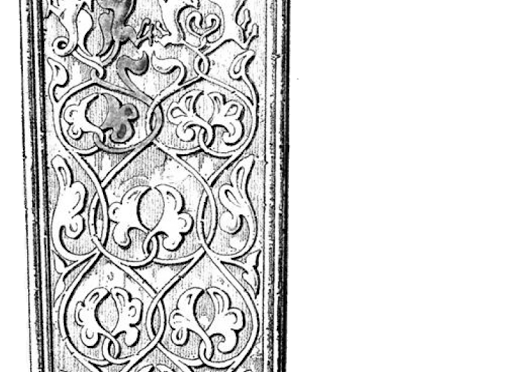Last night we went to Dundee, as I was performing my concert on board the Unicorn. We travelled in early just so we could have an hour or so wandering around the centre of town to see if anything was happening.
In city square there were perhaps a thousand people with flags and music, very peaceful and friendly, lots of family groups. They organised a procession around the block, so we followed on at the end.
We left the gathering and headed down to the docks. The Unicorn is a really beautiful ship, genuinely old and not over-manicured like many historical things. On board, the captains cabin had been cleared and was set with chairs; the wine was laid out on a table ouside the cabin entrance, on the main deck. The ceilings on board are very low!
As it got dimmer, people started arriving. There was not a huge turnout, but the low ceilings and the homely atmosphere of the ship seemed to draw people out; everyone was talking to each other in unexpected intimacy.
For the first half of the concert, I played a selection of 18th century music, from the pibroch Maol Donn to the breezy baroque Blossom of the Raspberry. My fiddle tune went OK and was well received – especially with the story about it.
In the interval everyone went into the main deck for wine and conversation. This went on for quite a long time!
Then for the second half I played the Lament for the Union set. People were interested and sympathetic to the sentiments – it felt like a historic moment, thinking about the beginning of the Union in 1707, on the eve of the historic referendum to undo it. Especially with the evening glow from the docks through the windows…
Walking back up through the town late at night to the bus station to catch our ride home, we saw a battle of the billboards. Looks like Yes is winning this one!














